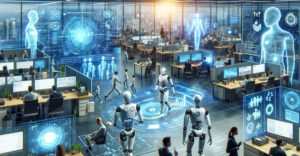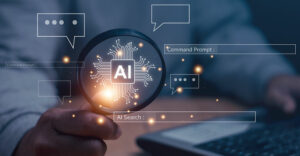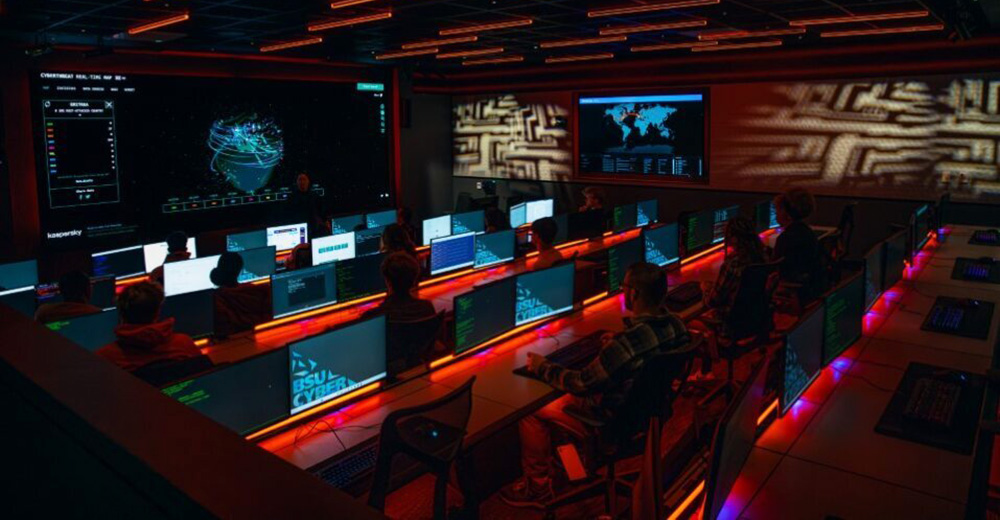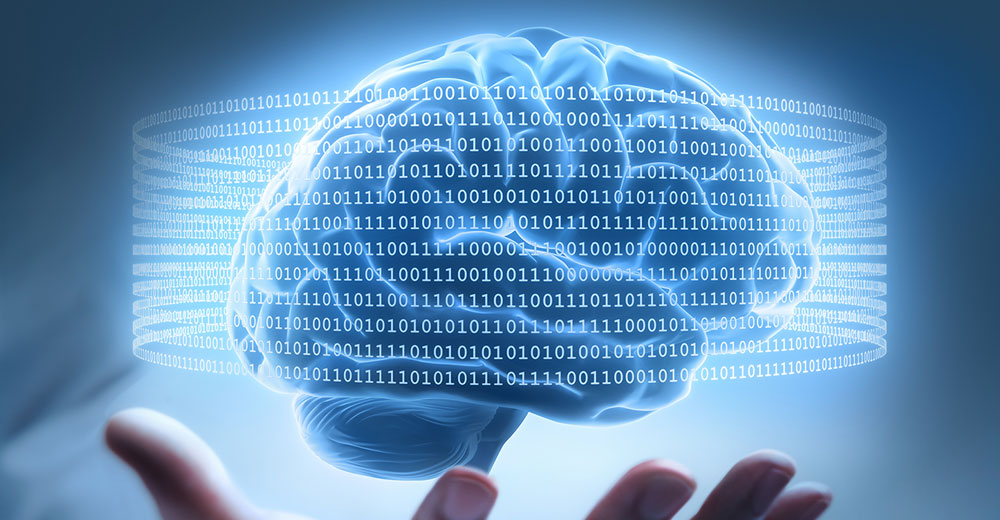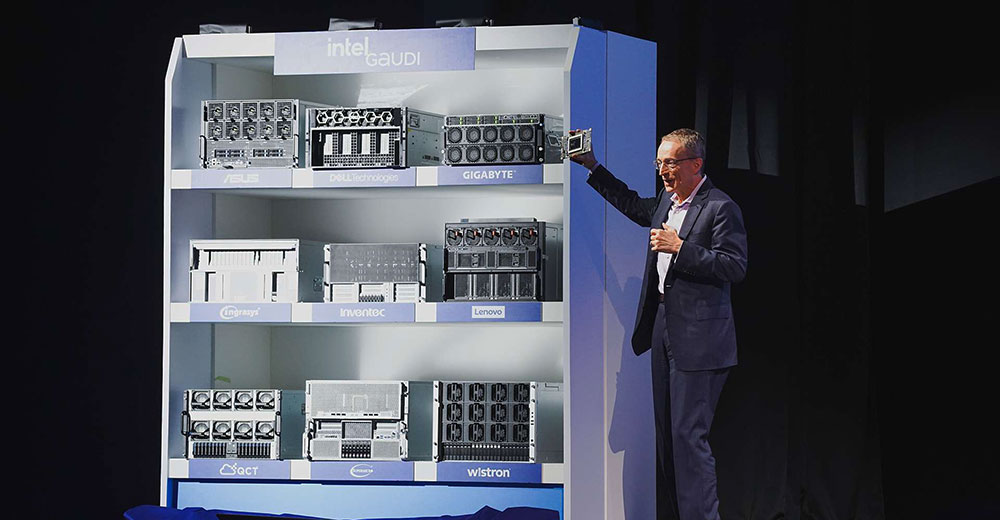How should policymakers handle the many concerns raised by the introduction of artificial intelligence into society? The Center for Data Innovation (CDI) has some answers to that question in a report it released Monday.
The 56-page document focuses on more than two dozen concerns raised by AI, each accompanied by a description of the issue along with a recommended policy response, if appropriate.
Concerns are organized around an octet of subjects: privacy, workforce, society, consumers, markets, catastrophic scenarios, intellectual property, and safety and security.
“Some concerns are legitimate, but others are not,” wrote report authors Hodan Omaar and Daniel Castro.
“Some require immediate regulatory responses, but many do not,” they continued. “And a few require regulations addressing AI specifically, but most do not.”
“Discerning which concerns merit responses and what types of policy action they warrant is necessary to craft targeted, impactful, and effective policies to address the real challenges AI poses while avoiding unnecessary regulatory burdens that will stifle innovation,” they added.
The report comes on the heels of the release of the “Roadmap for Artificial Intelligence Policy in the United States Senate,” a 31-page report outlining key priorities and recommendations for Senate committees to consider as they develop AI legislation and regulations.
“The United States is on the right track with the roadmap the Senate released last week, but to turn the general guidelines into concrete actions, policymakers will have to be more discerning about what types of legislation they put forward to address different risks,” Omaar told TechNewsWorld.
No Mass Unemployment in Sight
Among the workforce concerns is AI may cause mass unemployment. The report downplayed that development.
AI will likely bring changes to the types of work people do and create disruptions, it reasoned, but the economy has mechanisms and institutions in place to adapt and maintain overall employment levels as long as policymakers effectively manage these transitions. The challenge of AI is, therefore, not mass unemployment but greater levels of worker transition.
Policymakers do not need to focus on concerns about mass unemployment from traditional AI adoption because the economic evidence does not support this materializing, the report argued.
Despite concerns about mass unemployment due to AI adoption, economic evidence suggests that this scenario is unlikely to materialize, added Mark N. Vena, president and principal analyst with SmartTech Research in San Jose, Calif.
“Studies indicate that while AI and automation may displace certain jobs, they also create new opportunities and demand for different skills, often leading to job transformation rather than elimination,” he told TechNewsWorld. “Historical trends show that technological advancements tend to increase productivity and economic growth, which in turn generate new jobs and industries.”
“There are estimates that AI could create 97 million new jobs by 2025, outpacing the 85 million jobs it may displace,” he said.
Opening Up AI-Driven Careers
Michael Hasse, a cybersecurity and technology consultant in Seattle, agreed that AI would have a positive impact on employment but didn’t share the CDI’s hands-off stance for policymakers.
“Going forward, though, we have to assume AI will continue to evolve and expand in capabilities and quality and indeed be able to replace certain forms of work,” he told TechNewsWorld. “However, there are also broad expanses of opportunity being opened up as a result.”
“In the long term, just as with the steam engine, electricity, or any of the many other modern marvels that had similar warnings, what we will see is a gradual shift of the affected portion of the workforce to new careers, and this is where some government support and oversight would be of some utility, though the specific form remains to be seen,” he added.
Some of those new careers have already started to appear, noted Brian Prince, founder and CEO of Top AI Tools, an AI tool, resource, and educational platform in Boca Raton, Fla. “There are entire careers, from prompt engineers to chief AI officers that did not even exist just a few years ago,” he told TechNewsWorld.
“It’s true that most people aren’t likely to be replaced by AI,” he said. “But they might be replaced by another worker who knows how to leverage AI to work smarter, not harder.”
“We need to push for early education and skills-based training in the use of AI,” added Irina Tsukerman, president of Scarab Rising, an actionable analysis services firm in Stratford, Conn.
“That way, people not familiar with AI functions won’t be at a disadvantage as AI becomes more integrated into companies and processes,” she told TechNewsWorld. “People who have a rudimentary knowledge of AI will have a significant advantage over those who don’t. They don’t have to be AI jobs, but workers need to understand how job functions change as AI develops.”
AI Job Shuffle
However, Rob Enderle, president and principal analyst with the Enderle Group, an advisory services firm in Bend, Ore., argues that the job displacement cycle fueled by AI will be different from those in past technology cycles.
“Projects like Devin, the automated software engineer, and the work to create fully automated restaurants and self-driving long-haul trucks indicate that much of the focus on AI is to fill jobs that are currently unfilled,” he told TechNewsWorld.
“But the class of jobs most unfilled is new jobs that the transition to AI is creating,” Enderle continued. “This means that, unlike prior industrial revolutions, we aren’t just eliminating existing jobs but also preventing the creation of new job openings because these too will be filled by AI.”
“The resulting level of unemployment, if not mitigated by making people more competitive with machines, has the potential to overwhelm the ability of governments to mitigate this crisis-level future problem,” he added.
Society has already had a glimpse of what can go wrong with AI, noted Natalia Fritzen, an AI policy and compliance specialist with Sumsub, a global identity verification company.
“We’ve seen multiple cases of what can happen without regulation — the misuse of deepfakes, widespread disinformation, leaked highly sensitive information — so governments must take the necessary measures to strengthen AI regulation for a more secure path forward,” she told TechNewsWorld.
The Center for Data Innovation has made its report, “Picking the Right Policy Solutions for AI Concerns,” available for download. No form filling is required.




